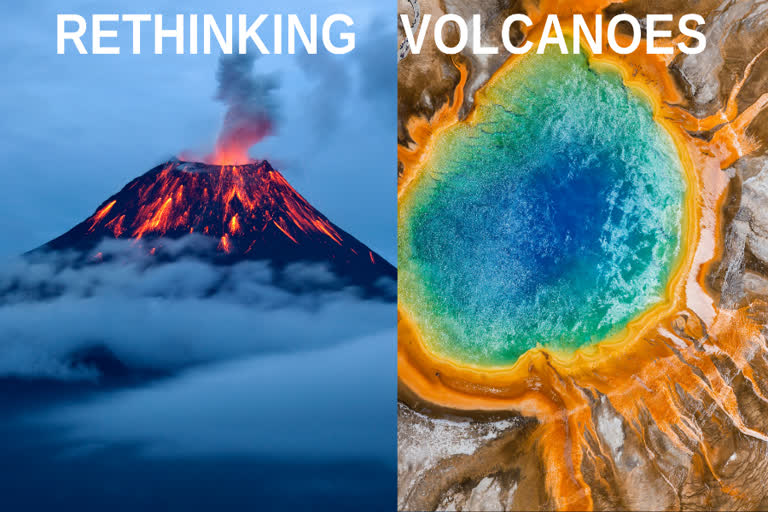New Scientists: Image a range of liquid bubbling and sputtering inside. Indeed it is Kilauea, one of many impressive volcanoes, Almost 60 volcanoes have erupted on Earth, this year. There is evidence that volcanoes have occurred on other planets earlier and some seem to be prone to volcanoes. Take a look at the video to know more about the fact that the solar system is home to many volcanoes and strange blasts.
We typically think of a volcano as an opening in Earth's crust where hot liquid rock, or magma, bubbles upwards. Explosive eruptions can blow the magma into tiny fragments, forming clouds of volcanic ash. And magma can ooze onto the surface – at which point we call it lava.
On our planet, volcanoes often form at the boundaries between tectonic plates. They can also appear in the middle of them, where tall natural chimneys called mantle plumes are thought to carry magma to the surface. The heat that keeps all this going comes from radioactive elements that were locked away inside Earth as it formed some 4.5 billion years ago.
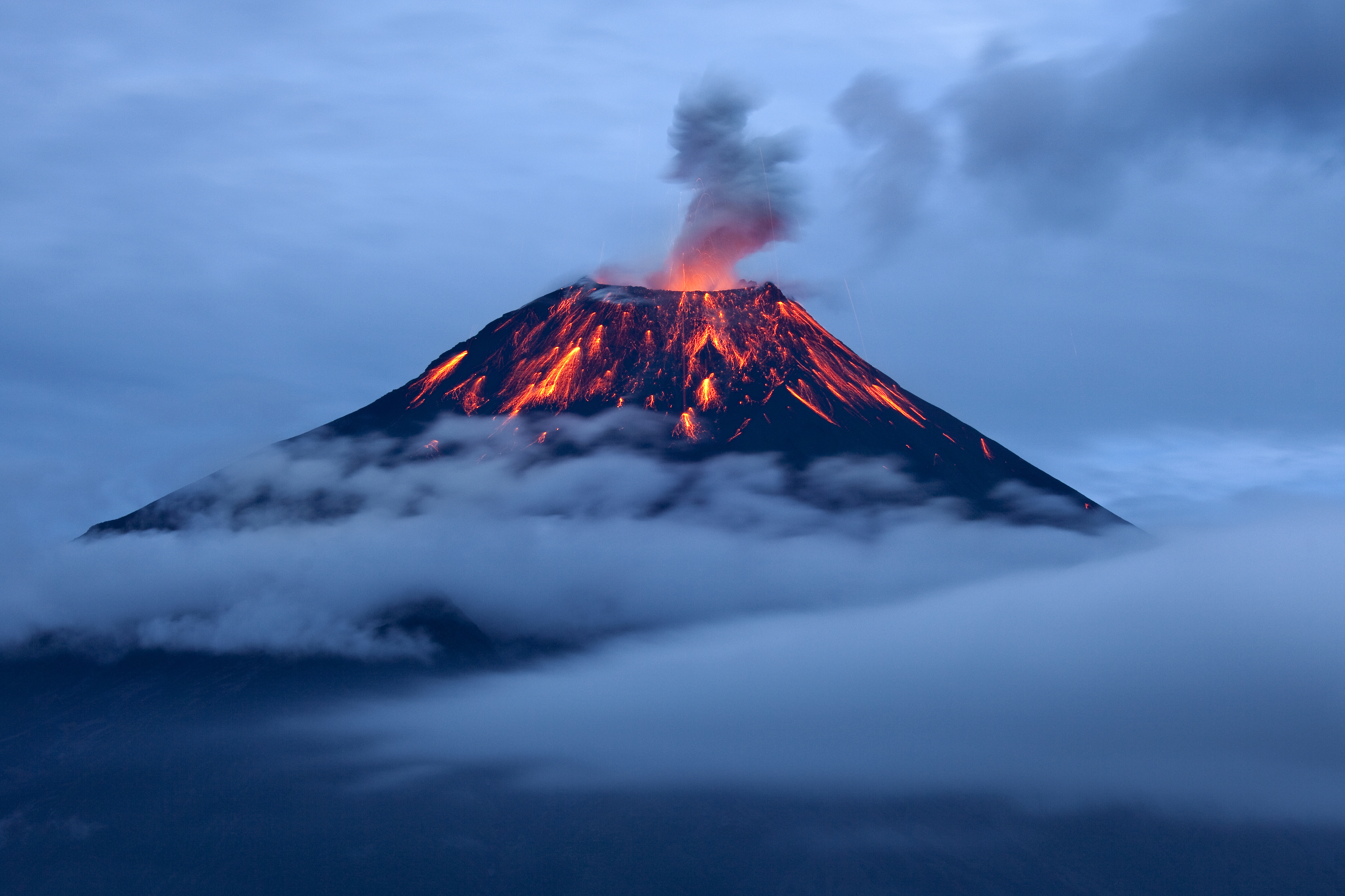
The volcanic situation of Mercury, Venus and Mars is very different from Earth. Mars is about 15 per cent the volume of Earth and Mercury is smaller still, so almost all the warmth has radiated away from these planets. Their surfaces are covered in the relics of ancient volcanism but now stand quiet. Only Venus, just a shade smaller than Earth, still has active volcanoes.
In areas beyond Mars, the temperature is so cold and chilly, generally one does not expect volcanoes to form here. As it is very cold, the liquids or gases found on earth like water, ammonia and carbon dioxide are in the solid-state. However, in 1979, when Voyager 1 spacecraft reached Jupiter's innermost moon Io, it snapped pictures of volcanic plumes 100 kilometres high. Io's shiny yellow surface is pockmarked with more than 400 volcanoes and their eruptions glow blue.
The biggest, Loki Patera, isn't immediately recognisable as a volcano. It is a 200-kilometre-wide depression, part-filled with a horseshoe-shaped lake of bubbling lava. We don't see Loki explode, but the lava lakes periodically warm-up and cool.
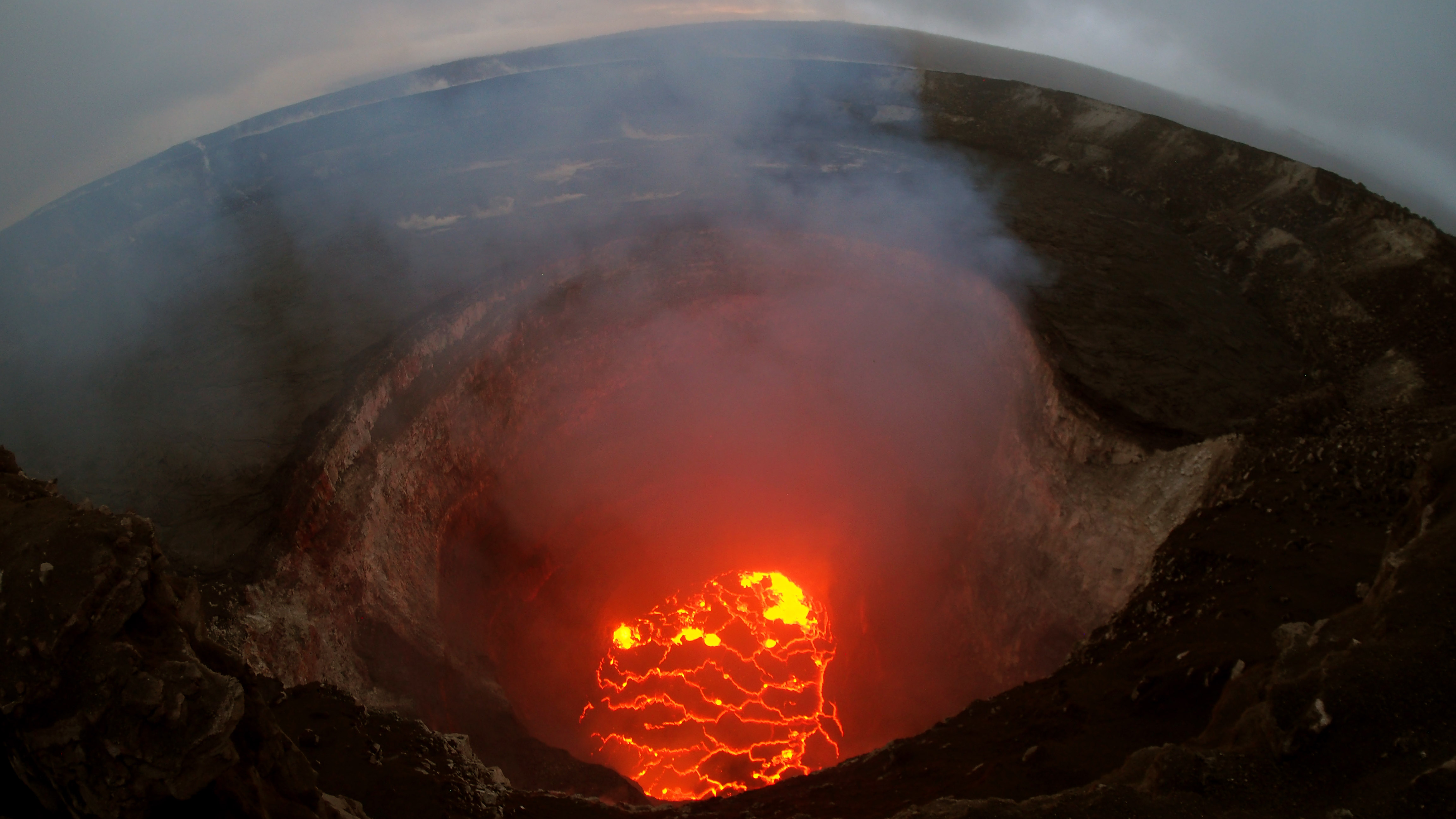
What is driving this activity on such a small, freezing world?
- Just a few days before Voyager 1 arrived at Io, scientists published a hypothesis, predicting that Io is continually squeezed and warmed by the force of gravity.
- Io orbits Jupiter in a such a way that it gets pulled in different directions at intervals by the giant planet and some of its other moons.
- "Io is caught in a tug of war," says Rosaly Lopes at NASA's Jet Propulsion Laboratory in Pasadena. This tidal heating squeezes Io like fingers warming up a squash ball.
Yet Io is an outlier. It seems to have formed closer to its parent planet than many of the other moons beyond the frost line. In this colder part of the solar system, most moons are made principally of ices with smaller rocky cores. Surely they would be devoid of volcanic activity?
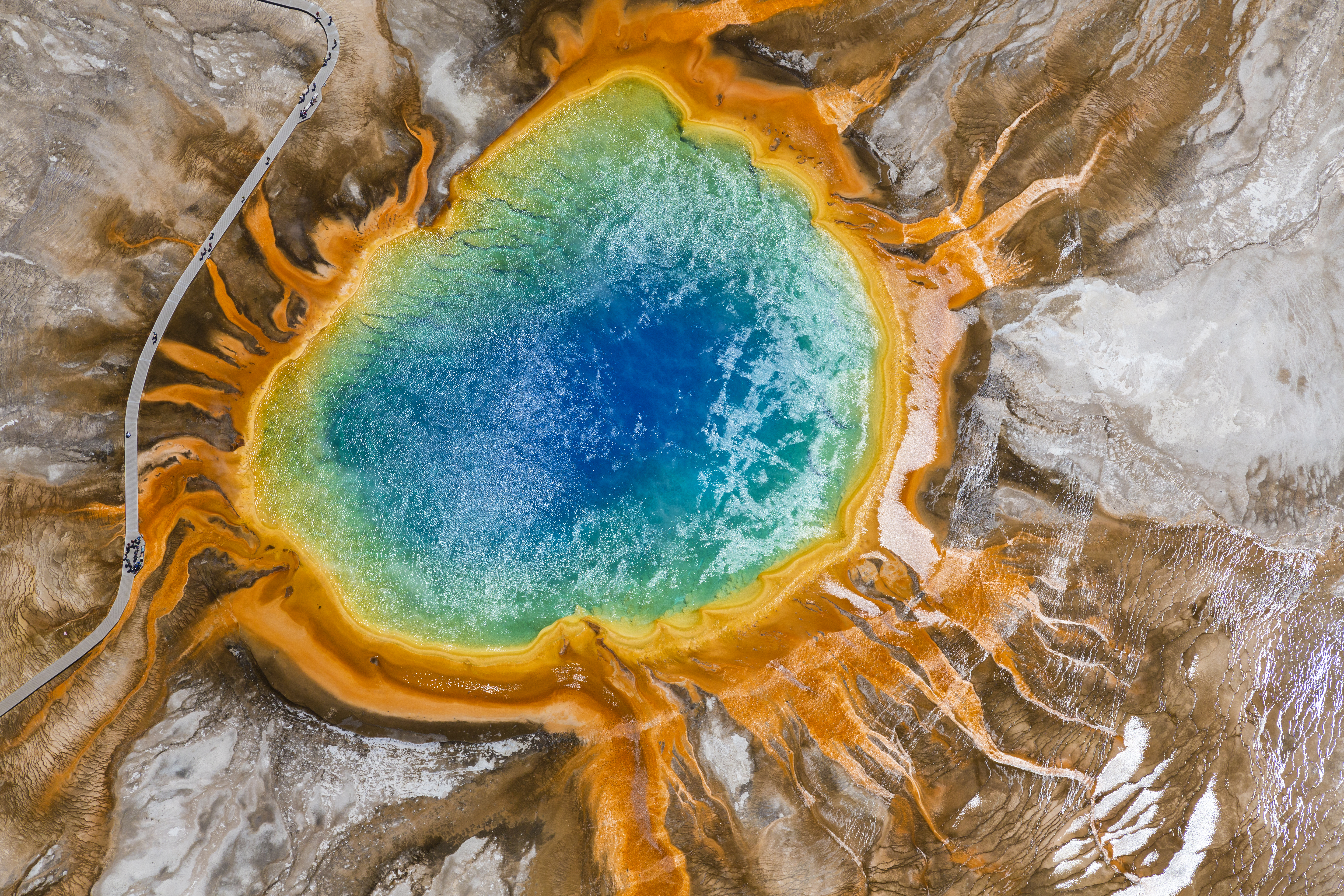
Voyager 1 and its sister probe Voyager 2 approached Saturn and its satellites in the early 1980s and soon swooped past one moon, Enceladus, which is just 500 kilometres across. It was expected that, like Earth's moon, Encedalus would be covered in craters caused by comet and asteroid impacts. But that wasn't the case. Voyager 2 revealed this world's surface to be bright white, with smooth areas.
When the Cassini spacecraft looked closer at Enceladus in 2005, it became clear this moon was pumping plumes of water into space. It turns out that these plumes come from a salty, liquid water ocean hidden below Enceladus's icy surface.
The surface of Triton, Neptune's largest moon, is a frigid -235°C. Yet Voyager 2 saw geyser-like plumes erupting, throwing material 8 kilometres above the surface.
There is a whole process of rethinking volcanoes going on among scientists. They are thinking about what makes a volcano a volcano?
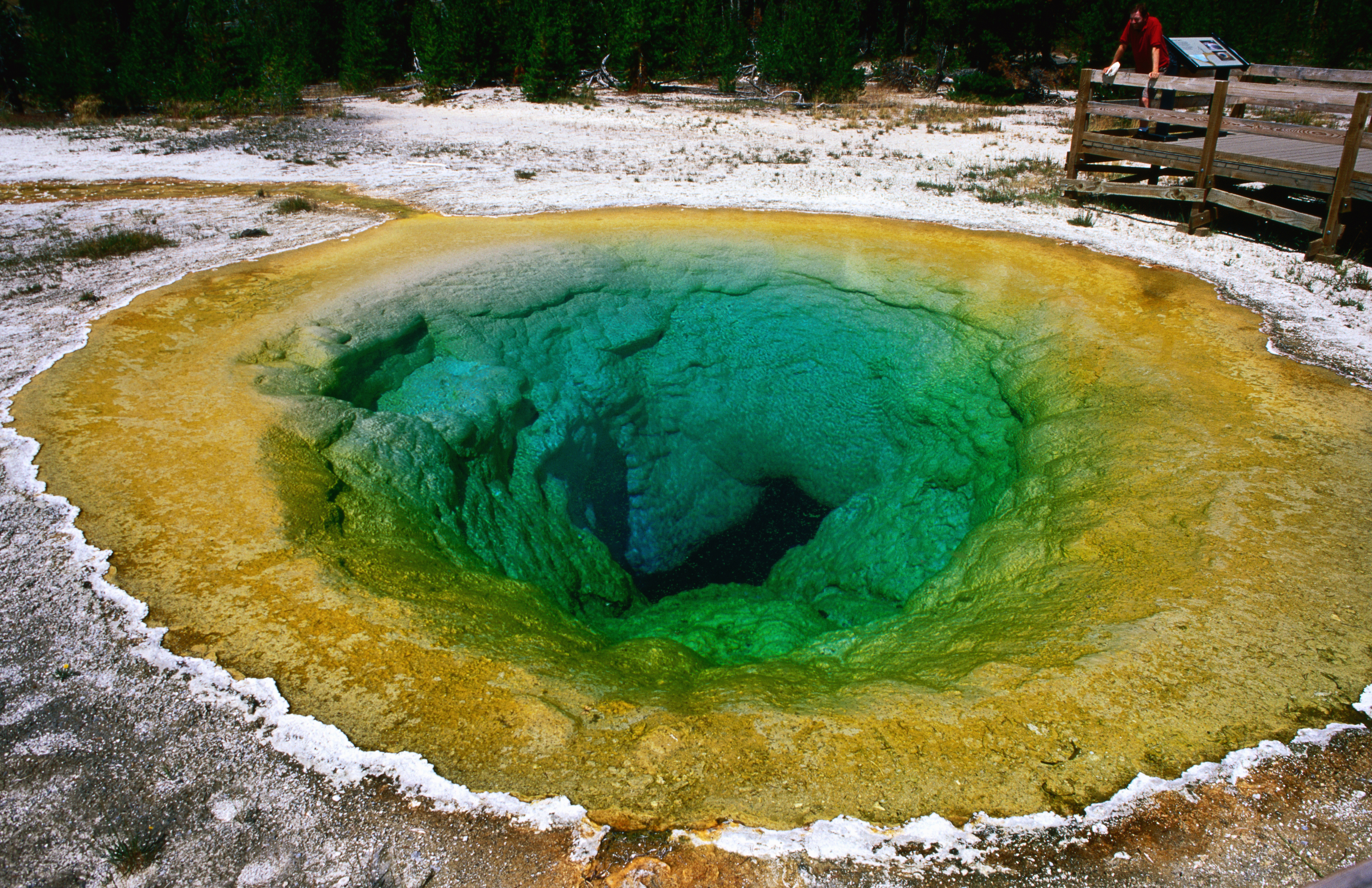
There is a term called cryovolcanism which is there on Enceladus. This terminology is related to the process similar to Earth. However, materials flow at lower temperatures. This cryovolcanism cannot be used for Triton's geysers. The reason is that there is not enough hear to create explosions.
Voyager 2 also spotted 80-kilometre-wide crater called Leviathan Patera with two enormous depressions on Triton. These depression are perhaps related to the fact that once lava erupted and it turned into frozen lakes. Rest of Triton is smooth and maybe this is happening because of the icy lavas. This leads to yet another suggestion that Triton has warmth and heat and other radioactive processes are happening.
On Pluto, there are mountains, smooth plains, a heart-shaped area known as Tombaugh Regio and dunes made of frozen methane. However one mountain, Wright Mons has a hole. On Earth, mountains with a hole are typically volcanoes. So a possibility exists that Pluto contains a liquid ocean below the surface that fuels its cryovolcanoes.
This distant world has several moons, but none is big enough to provide significant tidal heating. And the dwarf planet itself is tiny, with a volume less than 1 per cent of Earth's. This means that the heat from any radioactive elements within ought to have dissipated long ago.
Also Read: Web scraping is a tool, not a crime
As we explore the solar system, we see wild and wonderful volcanism almost everywhere we look. What does this mean for the chances of life beyond Earth? Well, we know life needs a world with internal energy to support chemical processes. Having volcanoes doesn't mean a planet will have life. But they are a sign that a world is geologically alive, which boosts the chances of it supporting the right conditions for life.
ake the exoplanet 55 Cancri e, which is expected to be molten in places, a sure sign of an energy-filled interior. Then there are the moons that could be orbiting larger exoplanets. These are hard to spot because they are so small and distant, but one exoplanet called WASP-49 b is thought to have an Io-like rocky moon that is erupting into space. Finds like this hint that there are probably many volcanically active worlds out there where life might have had the spark it needed to get going.
In 2015, NASA's Dawn spacecraft went into orbit around the dwarf planet Ceres, the largest known asteroid in our solar system, beaming back pictures of a mountain called Ahuna Mons. It had bright streaks running down its sides that looked suspiciously like lava. It seemed that even this mini world – its diameter is only as long as Britain – has a cryovolcano.
Also Read: What does Spaceflight do to the bodies of the astronauts?
(c) 2020 New Scientist Ltd.
Distributed by Tribune Content Agency, LLC
